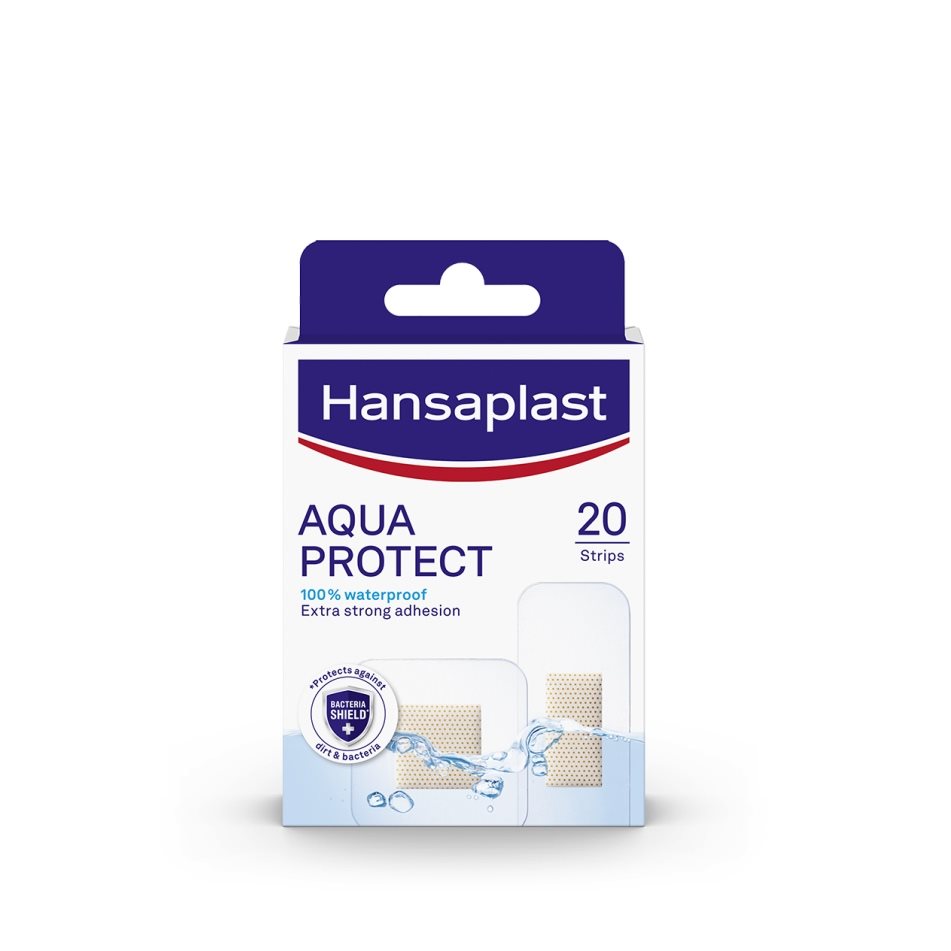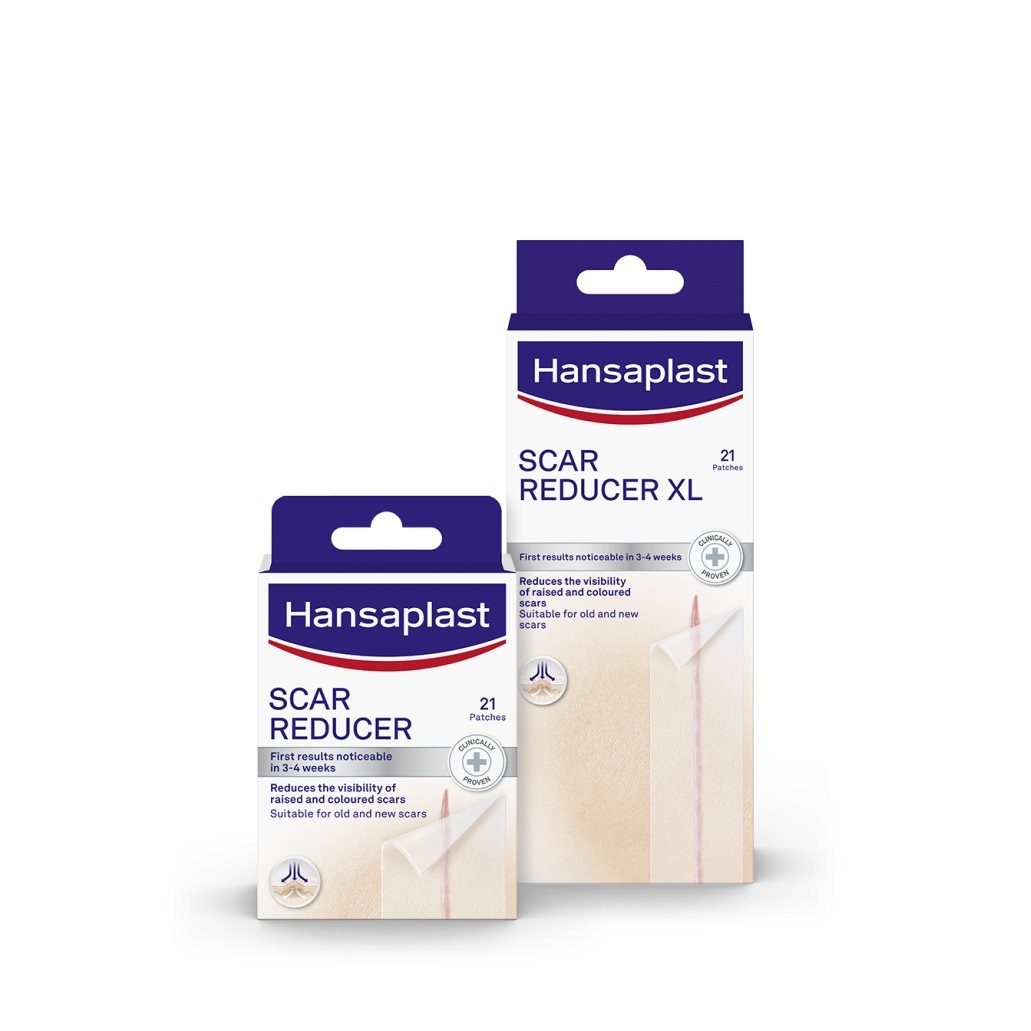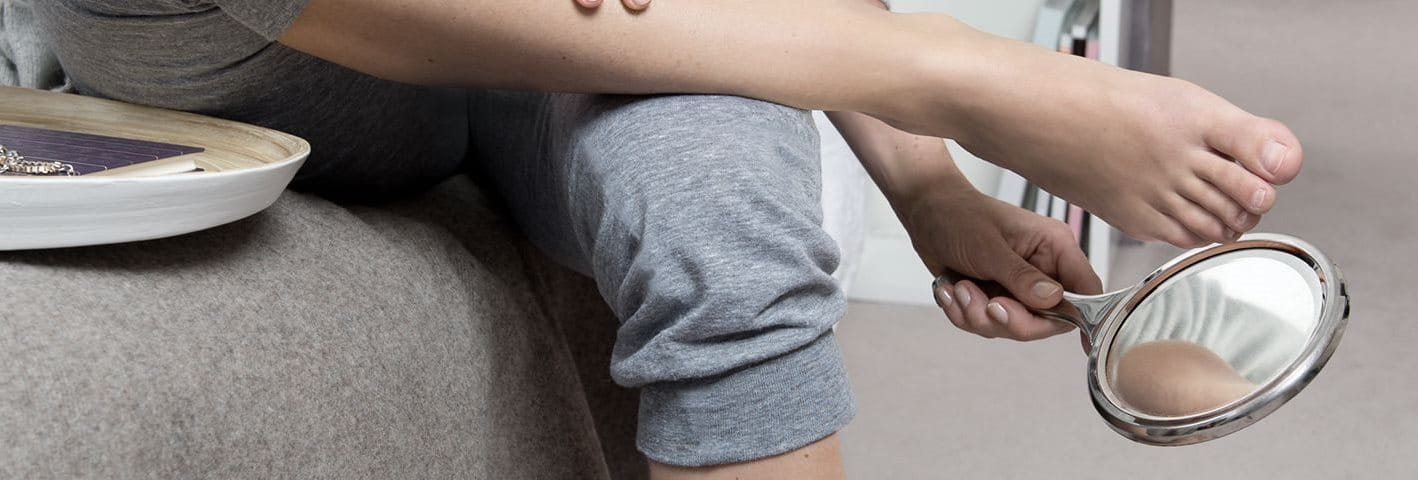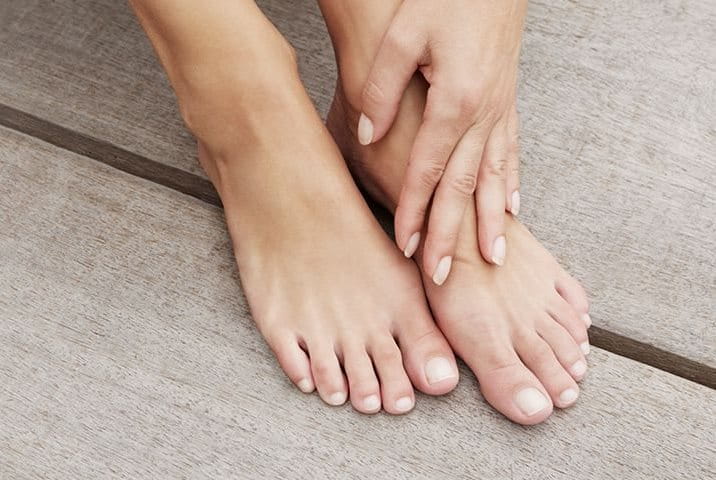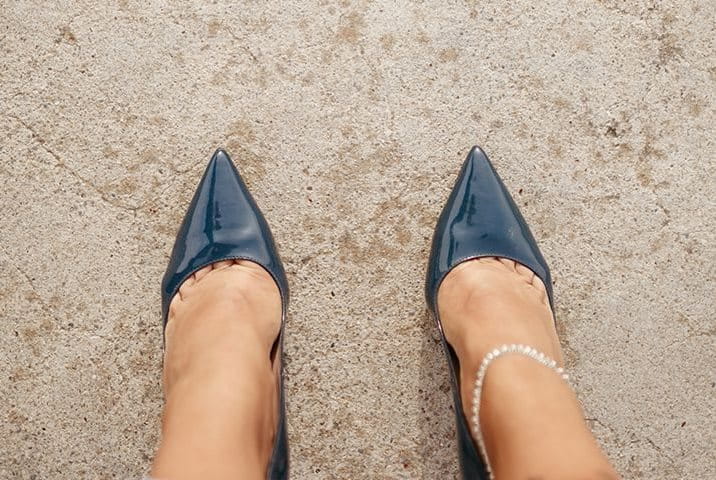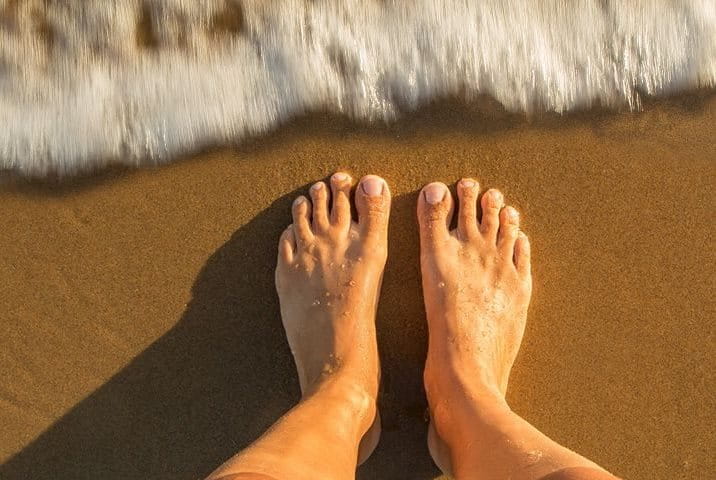Why and how to care for your feet
Why and how to care for your feet
Find a cream you enjoy
Another important point about foot cream is that it should be one you will enjoy using. If you
are not happy with the cream you have, you will never use it no matter how good it is. This
generally means it should be easy to apply and should deliver visible results. In addition,
a foot cream for diabetics needs to meet certain requirements. For example, the skin
compatibility needs to be proven in dermatological studies – as is the case with Hansaplast
products. Moreover, the Hansaplast creams have a pleasant scent, which is an advantage
over most other creams available for diabetics.
Recommendations for care
It is important for patients with diabetes to remember that their feet need special care. Checking their feet should be a natural part of their daily routine. This can be achieved by making a habit out of examining their feet each morning after the shower or right before going to bed. They should also consider the following recommendations.
To learn more about the research we recently conducted on common foot problems and how to address them, read our article Researching real life answers.
Regular, intensive care for long-term results
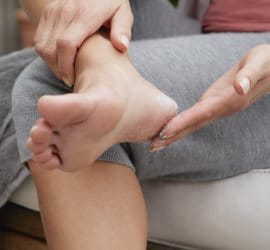
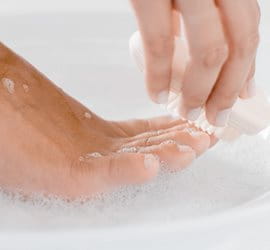
Look after your feet every day
A short footbath every day of only five minutes with a mild soap and lukewarm water between 30-35°C is recommended for diabetics. It is also important to check the water temperature each time with a thermometer, as it may be difficult for someone who is diabetic to judge the temperature with their foot as they may suffer from loss of sensation. If your foot is injured, you can forego the bath. When you do bathe, be sure to fully dry your feet, as the water hiding in the creases of your foot can cause fungal infections.
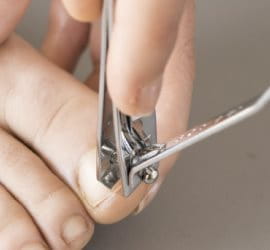
Keep your toenails groomed and smooth
Diabetics should regularly file their toenails as opposed to using nail clippers. The shape of the nail should furthermore mirror the cuticle’s natural curve. After trimming the nails, the cuticles should be gently pushed back with a wooden pedicure stick. A good time to do this is right after showering because that’s when the cuticles are soft. For more information on how to give yourself a professional pedicure at home, read Hansaplast Pedicure Tips.Consult a doctor
If you have diabetes, it is important for you to attend your regular appointments. As soon as you notice any changes in the skin on your feet, you should speak to a healthcare professional. If you have been diagnosed with diabetes or need advice on choosing the right foot cream, you should consult a doctor regarding which products are right for you in order to keep the skin intact, well moisturized and to prevent possible infection.
For further information regarding Hansaplast products, please contact us via email on phc@beiersdorf.com. Please note that none of the above tips or recommendations substitute medical advice. Carefully read the instructions for use given in our product packages. Consult a health professional if our tips don‘t help or if you have or suspect a medical condition.
